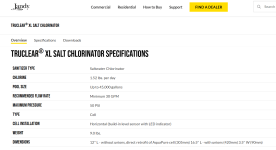Using an 8 feet per second velocity (84 gpm in 2" PVC pipe), the head loss per 100 feet of pipe is about 10 to 12 feet, which is about 0.10 to 0.12 feet of head loss per foot of PVC pipe.
A regular 90 at 5.75 feet of pipe (equivalent) is 5.75 x 0.11 = 0.6325 feet of head loss.
A Sweep 90 at 2.10 feet of pipe (equivalent) is 2.10 x 0.11 =0.231 feet of head loss.
However, the flow rarely needs to go above 40 gpm for a residential system, so that is a velocity of 3.9 feet per second.
That is 0.028 feet of head loss per foot of 2" pipe.
A regular 90 at 5.75 feet of pipe (equivalent) is 5.75 x 0.028 = 0.161 feet of head loss.
A Sweep 90 at 2.10 feet of pipe (equivalent) is 2.10 x 0.028 =0.0588 feet of head loss.
So, you are saving about 0.1022 feet of head loss per sweep 90 vs. a regular 90.
Even at 10 sweep 90s, that is only 1.022 foot of head loss, which is pretty insignificant.
1.022 foot of head loss is 0.44 psi.







